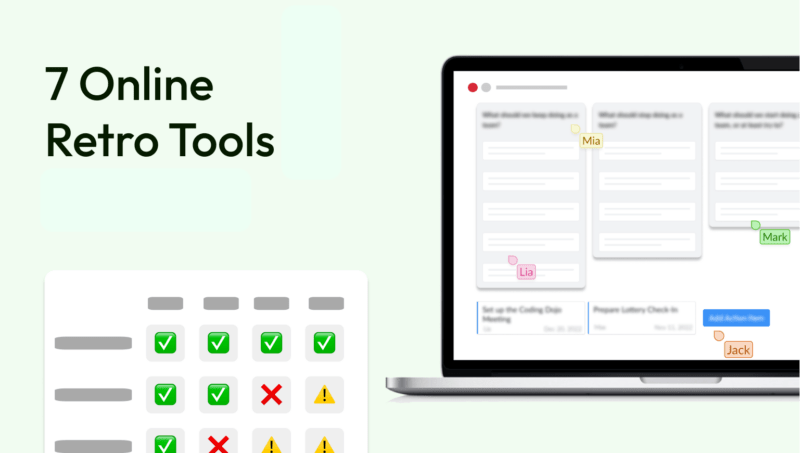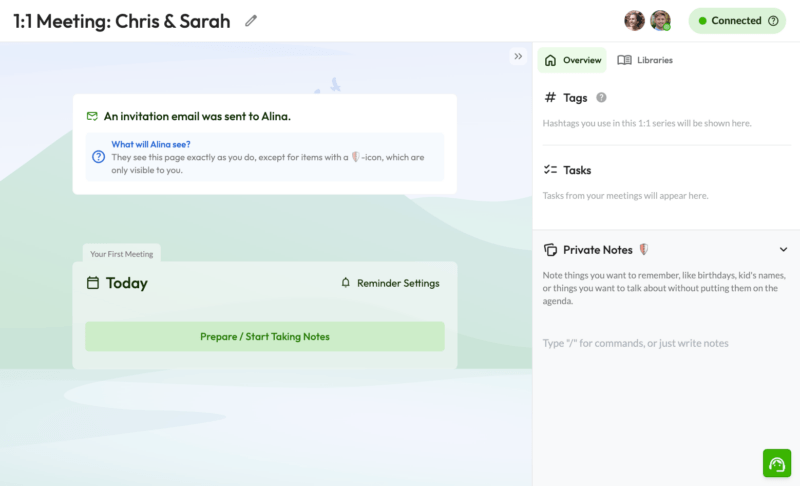One of the challenges remote workers continue to face is maintaining their productivity - not all those who work from home fulfill their responsibilities and meet their goals. Given the freedom of a flexible work arrangement, some workers are prone to procrastination, affecting their output.
How can you make sure your remote team remains productive and engaged?
Understanding Procrastination
We’ve all been there. The procrastination process goes more or less like this:
-
- You go over your to-do list for the day.
-
- Start the first task.
-
- Get distracted or derailed into doing other unrelated tasks.
-
- Realize you need to complete the items on your to-do list, or face consequences such as project delays or the judgment of others.
-
- Finally, at the last minute, you complete the task.
You may have promised yourself (as we all do) that next time, you won’t leave things to the last minute. Alas, you fall into the same cycle again and again.
Why Do People Procrastinate?
With 88% of the U.S. workforce procrastinating, it’s important to understand why people do it (Source).
First, let’s dispel a few misconceptions about procrastination. People often think procrastination is a time-management problem, but new research suggests that procrastination is more related to emotional management and issues like stress and fatigue. Procrastination is defined by researchers as a form of self-regulation, notably including delaying tasks irrationally, even when there may be negative consequences (Source).
Procrastination isn’t laziness, but rather, it’s often related to high levels of anxiety and depression (Source). People tend to put off doing tasks that cause them stress.
People procrastinate because they want to avoid the negative emotions associated with the task they’re putting off. Simply put, if the work stresses your employee, they’re more likely to delay doing it until they can’t avoid it anymore, and then they rush to complete it.
Procrastinating at work, whether remote or in-office, can cause many problems for employees and the organization. It affects the employee’s work performance and their ability to progress on the job.
Consequences of Procrastination for Employees
According to research by the publication “Good Therapy,” procrastination causes workplace issues such as poor performance, financial irresponsibility and more (The Publication).
Studies also associate procrastination with stress, work exhaustion, and low emotional well-being, impairing their feelings of engagement and connection, which feeds into a cycle of discouragement and poor performance (Source). It affects the employee’s work performance and their ability to progress on the job, impairing their learning engagement (Source).
Consequences of Procrastination for Employers
Procrastination lowers productivity and impairs collaboration. If an employee delivers their task late, it impacts the rest of the workflow.
In a remote work environment, the challenges of procrastination are two-fold. Flexibility can come with the potential for distraction and delays, and even avoiding unpleasant tasks altogether. In the next section, we’ll discuss some strategies to keep your remote employees engaged.
How To Prevent Procrastination in Remote Employees
Remote employees often feel disconnected from the company and can develop negative feelings about the tasks they must complete. To encourage employee commitment and build effective teams, employers must ensure clarity around expectations and goals (Read more: Expectations in Retros), while supporting employees to connect and meet those objectives. Here are five techniques you can use to help them feel more engaged and seen, resulting in less procrastination:
1. Do a Weekly Check-In or regular Retrospectives
As we said above, sometimes remote employees feel separated from the company and struggle to feel seen. Scheduling quick weekly or bi-weekly catch-ups can go a long way to help them feel engaged and give them a space to share their thoughts and feelings with management.
Hosting regular check-ins or agile retrospectives with a simple tool like Echometer has several benefits for your remote employees:
-
- It allows you to develop a communication channel and understand their work from their point of view.
-
- It increases trust and support by improving communication and building rapport with your team members.
-
- It gives employees a voice and the courage to come to you with ideas, questions, and concerns.
-
- It inspires a sense of responsibility and increases productivity.
2. Break Down Goals
Give your employees manageable goals. It’s easier for anyone to complete a task if it’s divided into smaller objectives.
Goals should also be attainable and clear. SMART (Specific, Measurable, Achievable, Relevant, and Timed) is a common framework for defining goals. When assigning tasks, check that they conform to the SMART framework (Read more: Setting good goals).
Don’t overwhelm your employees with too many tasks. Facing a huge list of things to do is discouraging for anyone. Assign only what people can achieve in a reasonable period.
3. Celebrate Small Wins
One of the causes of procrastination is feeling undervalued or unappreciated. Recognition, even for a minor win or achievement, can go a long way toward making your remote employees feel appreciated.
A quick thank you or a "well done" can be a good motivator to get more tasks done. This is also possible with digital tool support, for example (more on this: Workforce analytics and performance management).
4. Measure Emotional Well-Being
Checking the emotional well-being of your remote team is important to keep up with productivity and prevent procrastination. While in-house teams are easy to check in with personally, remote teams have fewer opportunities to discuss issues and solve them without feeling exposed.
Launching a mood survey can help your company increase engagement. Mood surveys are usually short and cover questions about employees' feelings about their job and how they find the workload. They also allow employees to share their thoughts and feelings privately without adding the stress of a one-on-one meeting with a supervisor or manager. The tool Echometer helps you conduct mood surveys - and combine them with quick meetings to discuss results (More on: Echometer).
5. promotion of resilience or resistance
Facing challenges - the everyday kind, as well as the unusual - is a normal part of everyone’s job, so resiliency is a critical quality of effective teams. To ensure your employees can hang in there when the going gets tough, managers need to foster resourcefulness and build connections between team members (More on: Psychological safety). Resiliency starts with self-awareness, so employees must first recognize the circumstances that lead to their procrastination. If there is an area or task they struggle with, they’ll need an environment where they can be honest and receive support without fear of reprisals.
How Technology Can Help Manage Procrastination
Preventing procrastination in remote teams is simpler with the help of technology tools enabling collaboration and engagement with teammates.
There are plenty of tools and apps that can help your employees overcome procrastination. Some extensions, such as the Pomodoro timer, can help manage time effectively but have limitations in an enterprise environment. Organizations with remote and hybrid employees should use a robust, enterprise-level time-tracking system with built-in messaging and collaboration features to involve all employees in discussing daily tasks.
With increased engagement from managers and supervisors, encouragement through appropriate recognition, and the help of technology, and building resiliency, you can help your remote staff prevent procrastination.
Author bio
Dean Mathews is the founder and CEO of OnTheClock, an employee time tracking app that helps over 15,000 companies all around the world track time.
Dean has over 20 years of experience designing and developing business apps. He views software development as a form of art. If the artist creates a masterpiece, many people’s lives are touched and changed for the better.
When he is not perfecting time tracking, Dean enjoys expanding his faith, spending time with family and friends, and finding ways to make the world just a little better.










